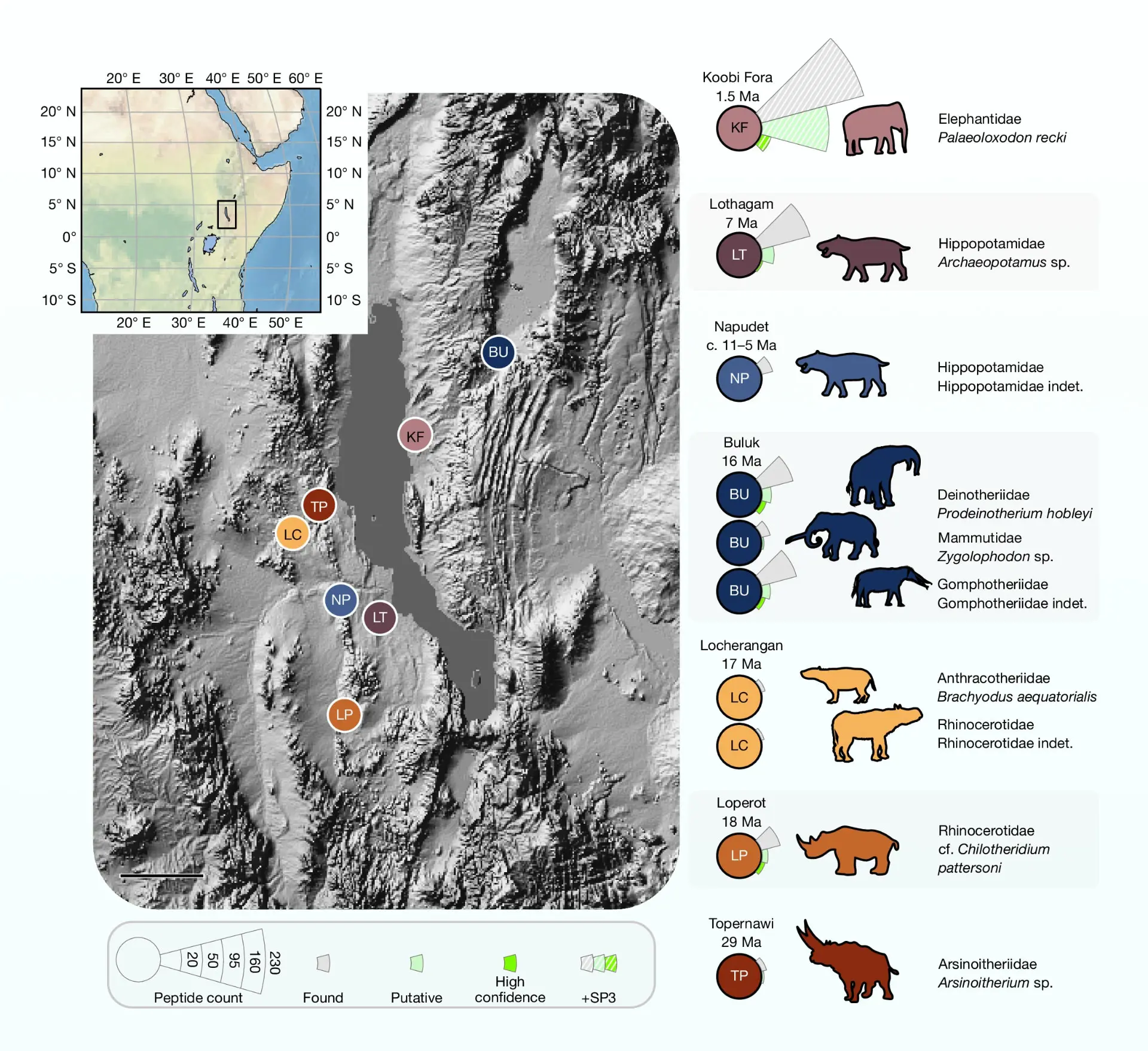Tooth and Claw: 18-Million-Year-Old Proteins Reveal Secrets of Ancient Mammals

Most fossils keep quiet, locked in stone and silence. But now, after 18 million years underground, a set of ancient tooth proteins is finally speaking up.
In a groundbreaking study, an international team of scientists led by researchers at Harvard University has recovered intact enamel proteins from the fossilized teeth of prehistoric mammals, pushing the boundary of molecular preservation far deeper than expected.
The proteins were found in fossil samples from Grube Messel, a famed fossil site in Germany known for preserving entire ecosystems in oily shale. These particular proteins, embedded in the enamel of mammalian molars, survived despite being 18 million years old, well beyond the typical shelf life of biomolecules.
Why does that matter? Because unlike DNA, which decays relatively quickly, enamel proteins are tough, literally. They’re built to last, even in the mouths of animals chomping through leaves, bones, or bugs. And now, it turns out, they’re built to outlast millions of years of time.
Using mass spectrometry, the team sequenced the fossilized proteins and found molecular signatures that not only help identify species lineages, but also hint at diet, environment, and evolutionary relationships. It’s the closest thing we have to an ancient molecular fingerprint.
“This gives us a whole new toolkit,” said senior author Matthew Collins, a professor of archaeology at Harvard. “It’s like switching from black-and-white sketches to full-color photographs when studying mammalian evolution.”
Until now, protein analysis in paleontology was mostly limited to recent fossils, think Neanderthals or mammoths. But this study pushes molecular recovery back by at least 10 million years, potentially opening new avenues in the study of prehistoric mammals, including those with no surviving DNA.
The enamel proteins are not just relics, they’re recordings, capturing clues about ancient life that sediment and bone alone can’t offer.
And as it turns out, these creatures weren’t just long in the tooth. Their teeth may be long in memory, too.